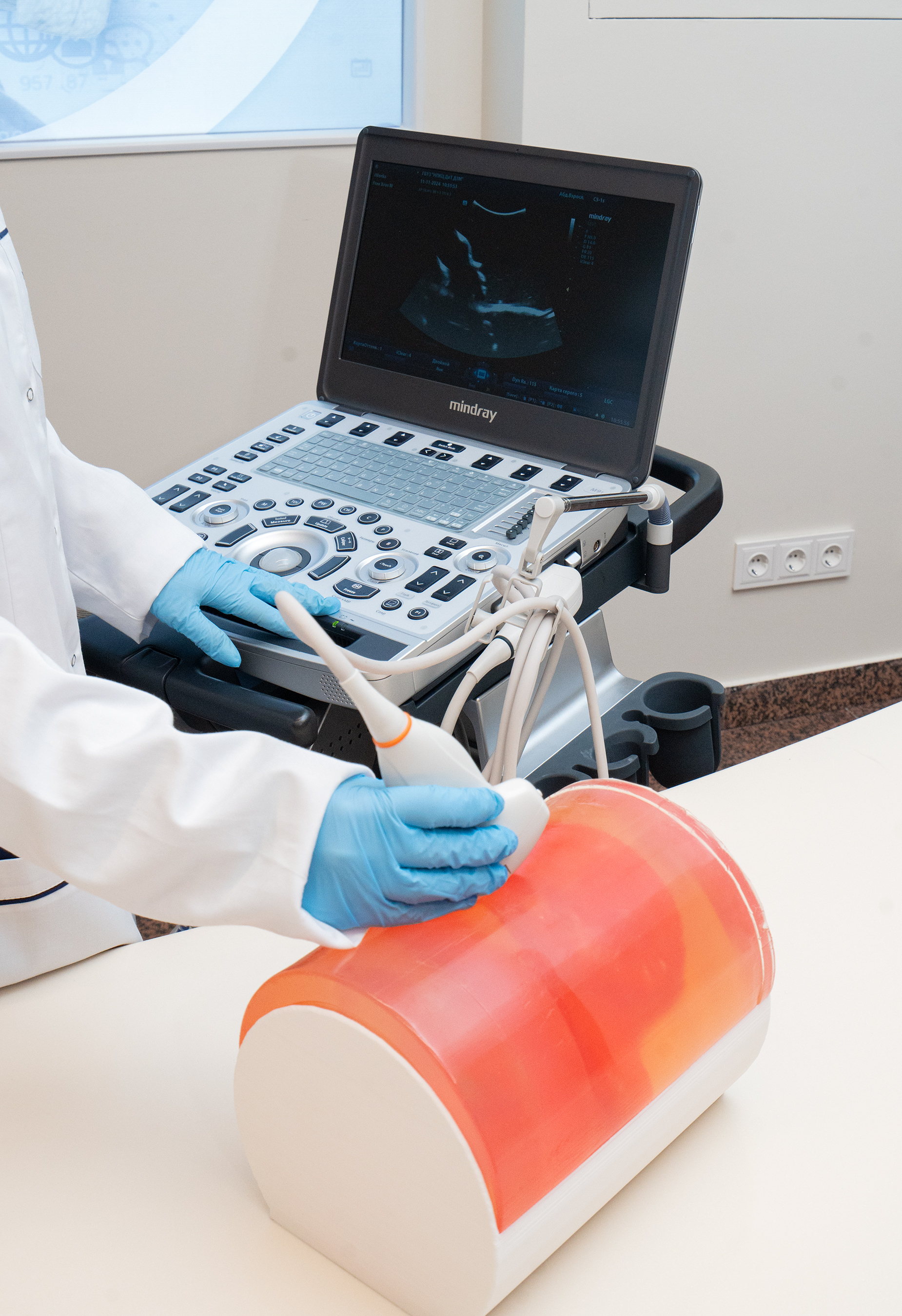The traditional medtech industry's growth rate is expected to drop gradually beyond 2020, from 5.8% to as low as 5.3% in 2024. The digital transformation of the industry, aimed at twin objectives of providing complete solutions along the patient's care continuum, as well as improving efficiency of medtech organisations' internal operations, is expected to improve operating margins and boost overall revenues. Frost & Sullivan estimates the potential of digital transformation initiatives to add up to $241 billion, aiding the medtech industry to grow at CAGR of 6.3% between 2018 and 2024.
"The availability of digital solutions such as analytics, AI, and augmented or virtual reality is having a huge impact on several aspects of internal operations in the medtech industry, including manufacturing, and on external areas of care delivery," said Siddharth Shah, Program Manager, Transformational Health at Frost & Sullivan. "Newer opportunities such as gamification, patient engagement, device data analytics, and medical device cybersecurity are expected to emerge as a result."
Frost & Sullivan's latest research, Digital Transformation of the Medtech Industry, explores the various factors driving the digital transformation of the medtech industry, key areas of transformation, growth opportunities, analyses of key players in the sector, and revenue forecasts through 2024.
In terms of technological sophistication, regulatory support, and willingness to invest, the North American and European markets are relatively more mature for the adoption of digital transformation solutions. The Asia-Pacific and Latin American markets are somewhat similar in terms of readiness, albeit trailing behind North America and Europe, but ahead of the rest of the world. North America, Europe, and Asia-Pacific jointly account for 89% of the total opportunity potential from medtech digital transformation solutions.
"While widespread adoption of the digital solutions still remains a challenge, it is expected to improve significantly, driven by demand from users of the tech-savvy generation and a rising pressure within the industry to improve margins and efficiency," noted Shah. "Some pioneering health systems are already seeing returns on investment from the implementation of their digital solutions, making their future receptivity to medtech solutions positive. Support from regulatory bodies will only help further this goal."
To make the most out of the digital transformation, companies in this space should focus on:
Forging partnerships that can help derive novel patient care insights and opportunities for growth of the industry. Investing in new solution elements to provide cost-effective solutions that enable patient-centric care models. Transforming revenue models from one-time device sales to a more predictable subscription-based revenue stream and turning lump-sum capital expenses for hospitals into smaller, more affordable operational costs. Devising innovative digital transformation solutions that will serve as a differentiating factor, while significantly improving brand loyalty.Digital Transformation of the Medtech Industry is part of Frost & Sullivan's Transformational Health research and analyses available through the Frost & Sullivan Leadership Council, which helps organisations identify a continuous flow of growth opportunities to succeed in an unpredictable future.
About Frost & Sullivan
For over five decades, Frost & Sullivan has become world-renowned for its role in helping investors, corporate leaders and governments navigate economic changes and identify disruptive technologies, Mega Trends, new business models and companies to action, resulting in a continuous flow of growth opportunities to drive future success.

 The traditional medtech industry's growth rate is expected to drop gradually beyond 2020, from 5.8% to as low as 5.3% in 2024.
The traditional medtech industry's growth rate is expected to drop gradually beyond 2020, from 5.8% to as low as 5.3% in 2024.









.jpeg)








.png)
.png)

.png)
.png)
.png)

.png)
.png)
.png)

.png)
.png)